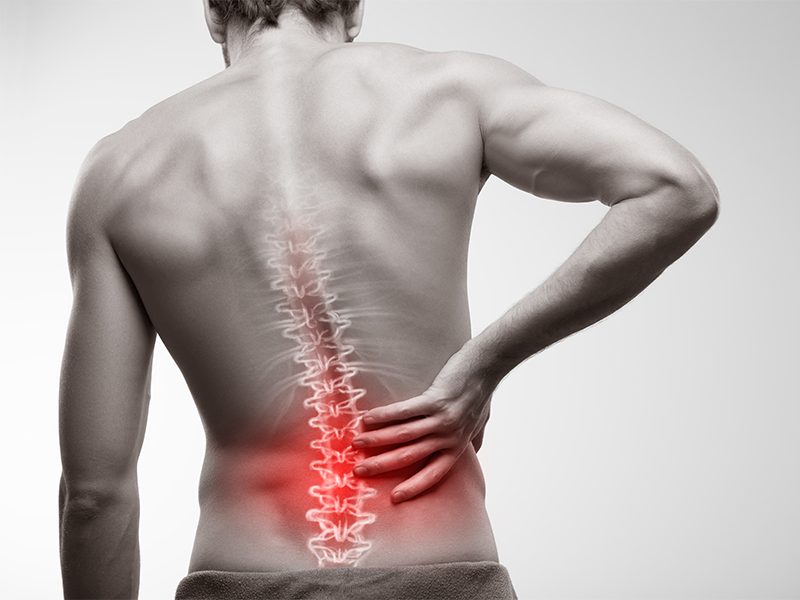Neck pain is a common issue that ranges from mild discomfort to more persistent and severe pain. It can limit daily activities and overall quality of life. Here is more information on what this condition is, its causes, methods of prevention, and possible treatment options to help sufferers manage it effectively:
What Is Neck Pain?
Neck pain is a common condition that impacts individuals across various age groups. It refers to discomfort or tension localized in the cervical region of the spine, which consists of bones, muscles, nerves, and ligaments supporting the head’s mobility and posture. While neck pain ranges from mild stiffness to severe discomfort, it can significantly impact daily activities, such as turning the head or sitting for extended periods.
What Causes It?
There are several potential causes of this pain, making it helpful to understand the origin of the discomfort. Common contributors include poor posture, often resulting from prolonged screen time or slouching, which places additional strain on the cervical spine. Muscle tension or spasms in the neck area, frequently associated with stress or overuse, are also typical factors.
Other causes may include physical injuries, such as whiplash from sudden movements or accidents. Some cases may result from underlying degenerative conditions, such as cervical osteoarthritis, herniated discs, or nerve compression in the spine. These factors can collectively impact the health and function of the neck, leading to varying degrees of pain.
How Can You Prevent Neck Pain?
Adopting preventive practices may help reduce the likelihood of developing neck pain. Maintaining proper posture is an effective strategy. Making sure the head, shoulders, and spine are properly aligned during activities such as working at a desk or using a computer can help minimize unnecessary strain on the neck. Regular breaks from sedentary activities, particularly those involving screens, are beneficial in relieving muscle tension and promoting mobility.
Strengthening the neck and shoulder muscles through targeted exercises can also support cervical spine health. Simple movements, such as neck tilts and stretches, promote flexibility while reducing stiffness. Ergonomic adjustments, such as using chairs with adequate neck support and positioning computer monitors at eye level, can create a favorable environment for maintaining neck health.
How Is It Treated?
When neck pain occurs, various treatment options may provide relief, depending on the underlying cause and the severity of the condition. Non-invasive methods, such as physical therapy, are commonly used as initial approaches. For more persistent or complex cases, medical procedures may include:
- Nerve Blocks: By delivering anesthetic or anti-inflammatory medication directly to the affected nerves, nerve blocks can provide temporary relief while addressing the source of discomfort.
- Cervical Epidural Steroid Injections: This procedure involves injecting corticosteroid medication into the space surrounding the spinal cord to reduce inflammation and relieve nerve-related pain.
- Neurostimulation: Neurostimulation techniques, such as spinal cord stimulation, involve the use of low-level electrical signals delivered to the spinal nerves to help modulate pain signals sent to the brain.
Each treatment option is tailored to the individual’s needs, with recommendations guided by detailed evaluations conducted by healthcare professionals. These approaches aim to improve functionality and provide relief while promoting long-term neck health.
Seek Specialized Guidance Today
Neck pain ranges from temporary discomfort to chronic issues that affect daily life. Understanding its causes, adopting preventive measures, and exploring effective treatments can help you manage this condition effectively. For personalized support, seek specialist consultation to determine the most appropriate solution for your situation. Timely guidance from professionals may facilitate recovery and enhance your quality of life.



